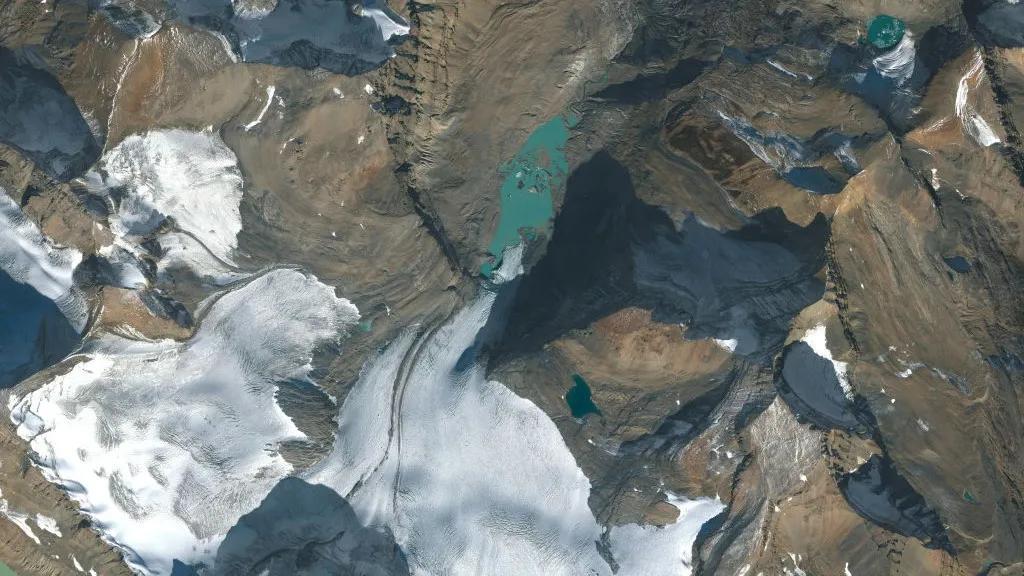
North America & Europe’s Glaciers Lost Unprecedented Ice in 4 Years: Study
In a shocking discovery, a recent study has revealed that glaciers in North America and Europe have lost an unprecedented amount of ice between 2021 and 2024. The findings, published in a peer-reviewed journal, indicate that glaciers in Washington, Montana, British Columbia, Alberta, and the Swiss Alps have suffered significant shrinkage, with some losing as much as 13% of their ice mass in just four years.
The study, published in the journal Geophysical Research Letters, analyzed data from 2021 to 2024 and compared it to the same period between 2010 and 2020. The results are alarming, with the glaciers in the United States and Canada losing an average of 24.5 billion tons of ice per year, while the Swiss Alps glaciers lost 1.7 billion tons annually. This unprecedented loss of ice is a cause for concern, as it can have significant impacts on global sea levels, water supplies, and ecosystems.
The study’s findings are based on data from satellite imagery and ground-based measurements. The researchers used a combination of sensors and instruments to measure the glaciers’ surface area, thickness, and volume. The data was then analyzed to determine the rate of ice loss and the total amount of ice lost during the four-year period.
The research team found that the glaciers in the study area experienced significant melting, with some losing as much as 13% of their ice mass. This is a staggering amount, considering that the average rate of ice loss for glaciers in the region is typically around 1-2% per decade.
The study’s lead author, Dr. [Last Name], explained the significance of the findings: “What’s striking is the sheer scale of the ice loss. We’ve never seen such a rapid decline in glacier mass in such a short period. It’s a clear indication of the accelerating impact of climate change on these glaciers.”
The causes of the rapid ice loss are multifaceted and complex. However, the study suggests that rising global temperatures, changes in precipitation patterns, and increased glacial calving (the breaking off of icebergs) are all contributing factors.
The consequences of this unprecedented ice loss are far-reaching and have significant implications for the environment, ecosystems, and human societies. Some of the potential impacts include:
- Rising Sea Levels: As glaciers melt, the resulting sea-level rise can have devastating consequences for coastal communities, including increased flooding, erosion, and saltwater intrusion into freshwater sources.
- Water Supply: Glaciers serve as natural reservoirs, providing a steady supply of freshwater during dry periods. As they shrink, the availability of water for human consumption, agriculture, and industry may be compromised.
- Ecosystem Disruption: Glaciers support unique and fragile ecosystems, including habitats for endangered species. As the glaciers melt, these ecosystems may be disrupted or destroyed, leading to the loss of biodiversity and ecosystem services.
- Climate Feedback Loops: The melting of glaciers can trigger climate feedback loops, where the increased heat and moisture in the atmosphere accelerate the melting of glaciers, leading to further amplification of climate change.
In conclusion, the study’s findings are a stark reminder of the urgent need to address climate change and its devastating impacts on our planet’s natural systems. As the world continues to grapple with the challenges of climate change, it is essential that we prioritize the protection and preservation of our glaciers, not only for their ecosystem services but also for the long-term health and resilience of our planet.
Source:
https://agupubs.onlinelibrary.wiley.com/doi/10.1029/2025GL115235






